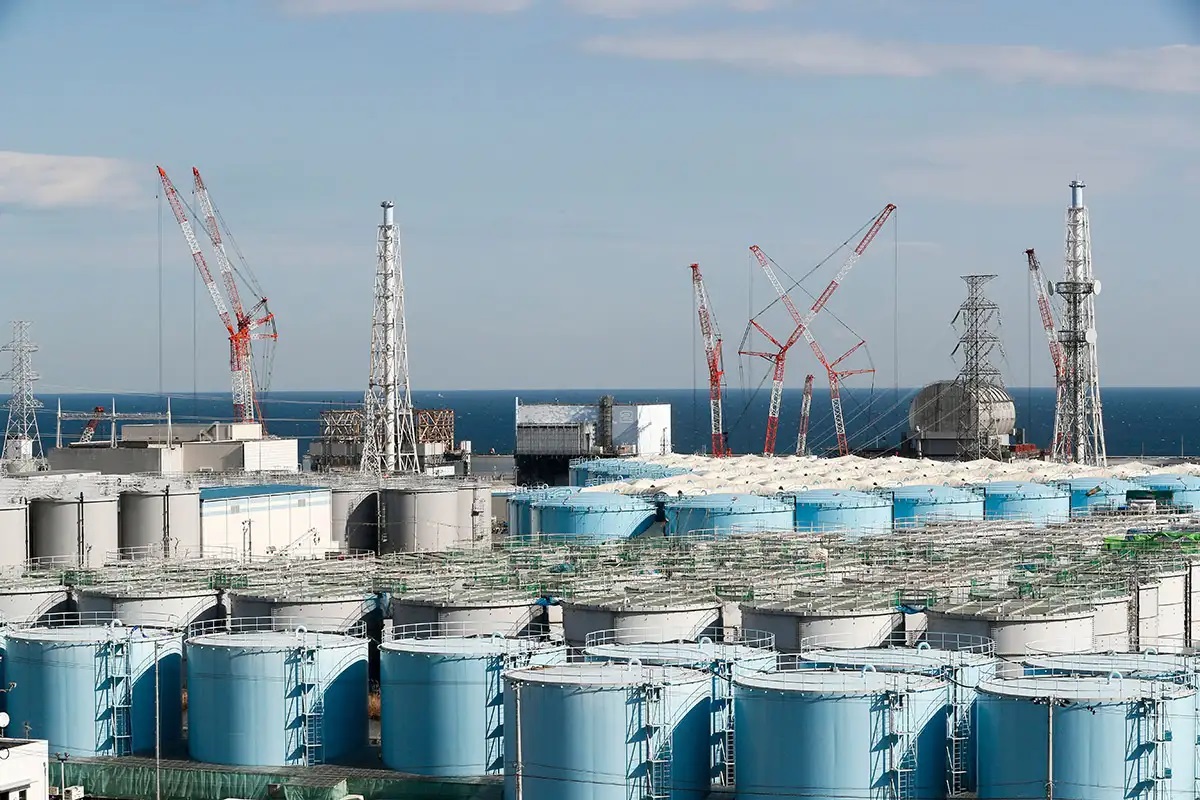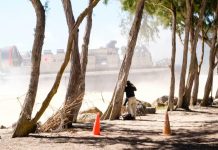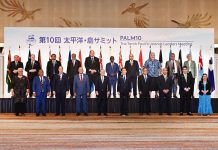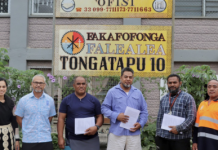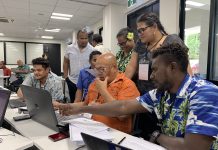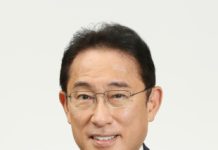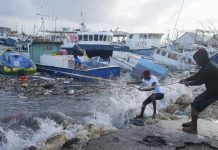Medical call to Japan to abandon the planned release of over 1.3 million tons of radioactively contaminated water from the Fukushima Daiichi nuclear power plant disaster into the Pacific Ocean
As physicians with professional responsibility to promote and protect long-term human and planetary health, we urge the Government of Japan to stop the planned release of large amounts of radioactively contaminated water from the damaged Fukushima Daiichi nuclear plant into the Pacific Ocean. We consider that the plan to use the Pacific Ocean has a radioactive waste dump involves risks to oceanic and human health and is neither responsible nor sustainable.
Instead we urge full, evidence-based and transparent consideration of several viable alternative approaches, including storage in purpose-built seismically safe tanks, possibly after initial purification, subsequent use in concrete for structural applications with little or no potential for contact with humans and other organisms, and bioremediation for some important isotopes such as strontium-90. All the proposed alternatives would have orders of magnitude less impact and avoid transboundary impacts.
Concerns
We contend that an of ‘out of sight out of mind’ and ‘dilution is the solution to pollution’ approach belongs in a past century. It ignores the significant transboundary, transgenerational and human rights issues involved in this planned radioactive dumping, projected to continue over the next 40 years.
Concerns about Japan’s ocean dumping plans have been strongly voiced by China and South Korea, and by numerous Pacific island nations. Multiple UN Special Rapporteurs have severely criticised the plan, which has also been opposed by the United States National Association of Marine Laboratories and many regional and international health and environmental civil society organisations.
In our view, the argument that the site is running out of room to store water is invalid. Contaminated water will continue to be generated for many decades, and there is plenty of nearby space available that will be unfit for other uses for a long time and is already being used to store large amounts of contaminated soil from around the prefecture. There is in fact no urgency to begin ocean discharge.
Japanese government commitments
We recall that in 1985, the Pacific Islands Forum (PIF) welcomed the then Japanese prime minister’s statement that “Japan had no intention of dumping radioactive waste in the Pacific Ocean in disregard of the concern expressed by the communities of the region”. The current plan is inconsistent with this commitment.
PIF Secretary-General Henry Puna has noted Prime Minister Kishida’s reassurance during Japan’s regular meeting with the Forum in July 2022 of the need to progress this matter consistent with international law and verifiable science. The Secretary-General’s calls for postponement of the planned discharge in order to allow adequate consideration of alternative options and to engage in respectful and full evidence-based consultation with Pacific nations in planning the best course of action have been ignored.
Independent scientific assessment
The most authoritative independent scientific assessment of the planned discharge has been conducted by a five-member independent international scientific panel appointed by the PIF. The experts were unanimous in their conclusions and recommendations. Their main conclusions:
*TEPCO’s knowledge of the specific radionuclide contents of all the tanks is seriously deficient. Only roughly one quarter of the more than 1000 tanks at the site have been sampled at all, and in almost all cases only nine or fewer of 64 total radionuclides are measured in the data shared with PIF. TEPCO’s assumptions of consistent ratios of various radionuclides across different tanks are contradicted by the data, which show many thousand-fold variation.
*Sampling and measurements have been unrepresentative, statistically deficient and biased, and have not included the debris and sludges, which Japan has acknowledged are present in at least some of the tanks. Sludges and debris are likely to be most radioactive.
*More than 70 percent of the tanks which had gone through ALPS (Advanced Liquid Processing System), designed to remove most of the radioactive contaminants, will require re-treatment. For some isotopes, the levels after treatment are up to 19,900 times higher than the regulatory limits for discharge. There is no evidence confirming that even repeated processing through ALPS can provide consistently effective purification.
*There has been no adequate consideration of the behavior of radioactive elements in the ocean, with transport by ocean currents and organisms, accumulation and concentration in biota and sea floor sediments, or the behavior of organically bound tritium in an ocean environment. The seafloor off Japan’s east coast still contains up to 10,000 times the cesium concentration as before the disaster, before any planned discharge.
*Neither TEPCO nor the IAEA acknowledged or addressed the many serious scientific questions raised by the panel. For example, TEPCO reported that tanks sampled in 2019 contained tellurium-127, an isotope with a half-life of only 9 hours. This signifies either that unadmitted accidental criticality with fission reactions are occurring on an ongoing basis in the molten reactor cores, or that the measurements are wrong. However no satisfactory answers were provided. Indeed the IAEA cut off contact with the panel.
The independent expert panel recommended unanimously that the planned ocean dumping should not proceed. Their overwhelming case, based on scientific evidence and the need to minimise transboundary and transgenerational impacts, is that new approaches and alternatives to ocean dumping are needed and are the responsible way forward.
Conclusion
We call on Japan to stop the plan to use the Pacific Ocean as a radioactive waste dump and instead to pursue an approach which protects ocean and human health.
SOURCE: IPPNW/PACNEWS






